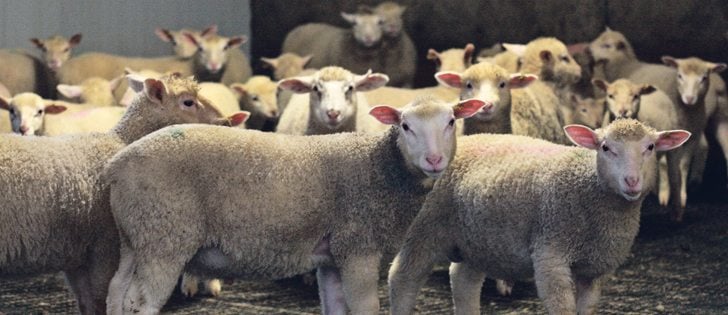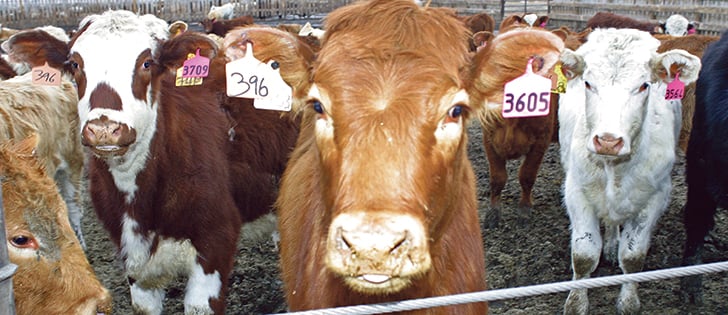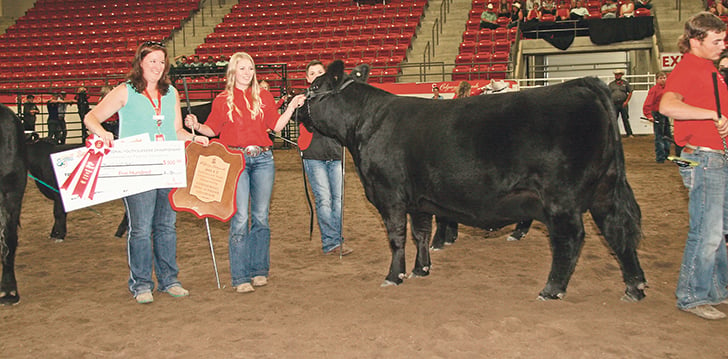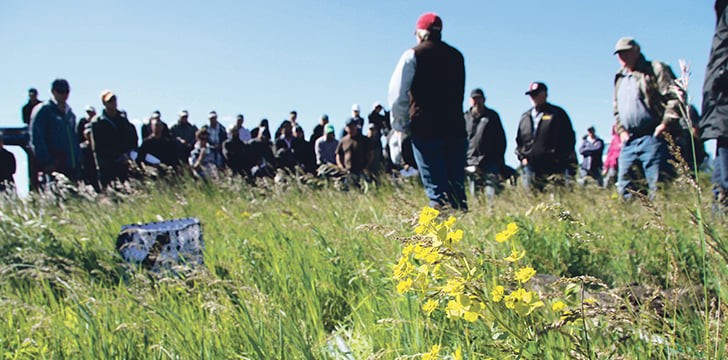Safety measures | JBS says it has taken steps to restore consumer trust after the E. coli crisis
BROOKS, Alta. — It’s been six months since JBS took over XL Foods in Brooks, and the new owner says the plant is now running at full speed.
The multinational meat processing giant also claims to have re-duced incidents of bacterial contamination at the plant during that time.
“We have internal processes that hold us to a higher level of accountability than CFIA (Canadian Food Inspection Agency) or USDA (U.S. Department of Agriculture),” said Bill Rupp, who manages the beef division for the Brazilian-based operation.
Read Also
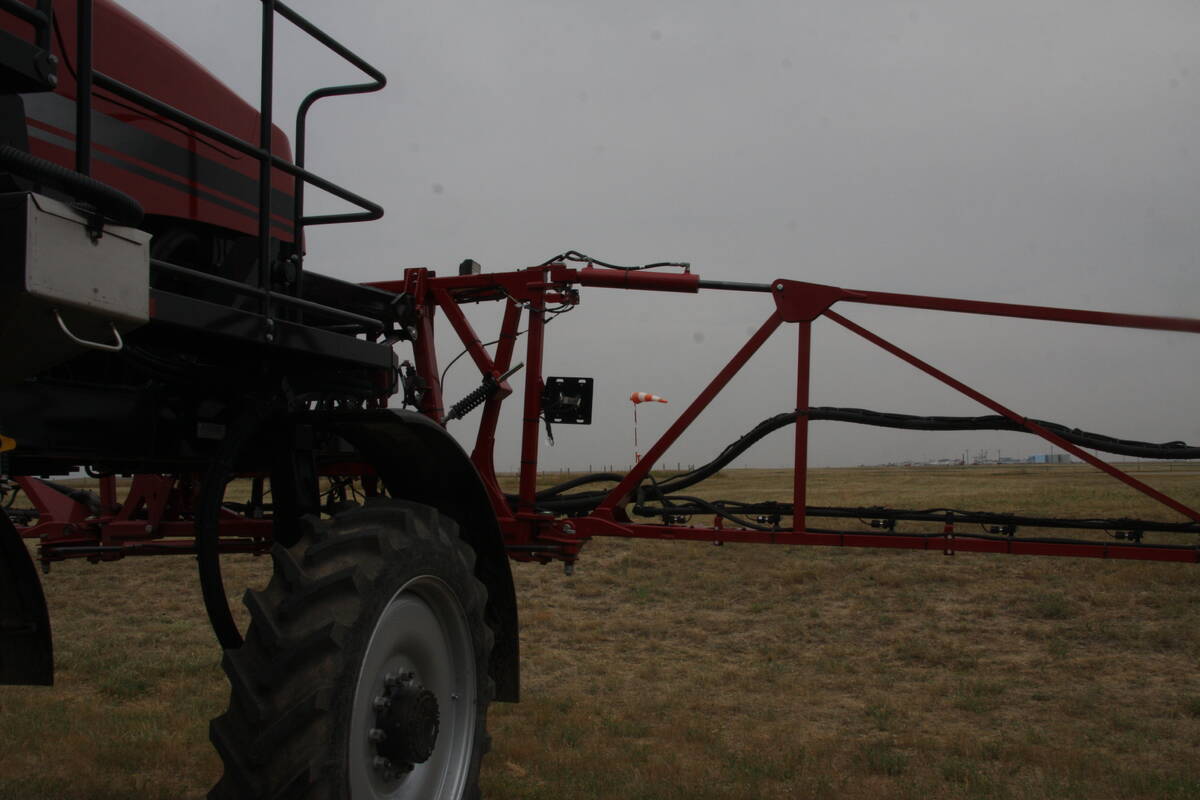
More work wanted on removing red tape
REGINA — Canadian farmers risk falling further behind competitors if two main federal agencies don’t become more efficient and responsive…
The company has 10 beef plants in North America, and all have the same food safety processing standards that exceed government re-quirements.
The Brooks plant slaughters up to 3,800 head per day during two shifts, but JBS wants to increase it to 4,000 head. The plant is cleaned during a third shift.
The company employs 2,400 workers at the plant.
Reporters, producers and government officials who recently toured the plant were shown control measures designed to curb E. coli and other pathogens that can contaminate meat and harm the public.
XL Foods, formerly owned by Nilsson Bros. of Edmonton, was in-volved in Canada’s largest beef recall last year.
A government commissioned report this spring identified a cascading series of failures in which the company did not follow its own food safety procedures for sanitation and did not inform CFIA on-site inspectors of potential problems.
Incidences of E. coli O157:H7 appear to have fallen, but Rupp said the company would prefer to work on the problem before cattle show up at the plant.
“I do think we need to look harder for a pre-harvest (control) as it relates to E. coli,” he said.
“That is something in the U.S. and Canada we are going to take on our agenda to try and get a little more attention to pre-harvest and things we can do to eradicate the pathogen before it even gets to the packing house.”
Plant manager Willie Van Slokema said JBS conducted an audit of the facility and instituted its own procedures when it assumed management last fall.
“There was no real retrofit of the facility,” he said.
“We changed some processes and tweaked a few things here and there, but for the most part we put in place the procedures JBS uses down in the U.S.”
Cameras have been installed throughout the facility to monitor every stage.
Beef trim in 1,000 pound lots is probed in various places, and samples are sent to an outside laboratory. The trim, which is used for grinding and further processing, is not released until the lab rules the meat fit for human consumption.
Irradiation has been discussed, but it is not legal in beef in Canada and there is a perception consumers do not want it.
“Technology-wise, it has gotten to the point where it doesn’t affect the texture or quality or eatability of the product, yet the consumer really doesn’t want to see their meat has been irradiated or electronically pasteurized,” said Rupp.
JBS faces other challenges as well. Too many cattle still arrive with bruises, resulting in meat that cannot be used. Van Slokema said the bruises can happen at any step of an animal’s life.
All ear tags are read when the cattle arrive, but the plant admits it is a long way from individual traceback if another incident occurs.
It can identify a general time frame when the processing occurred and narrow down from there to find out where and when problems occurred.
As well, the plant is 40 years old and costs 15 percent more to run than others in the JBS network because of higher labour costs and greater requirements to remove specified risk materials.
“We struggle at times to stay competitive,” Rupp said.
“At the same time, we probably sell 65 percent of our product in Canada, so we are able to have economies of scale.”
More processor consolidation is a possibility, Rupp said.
“These assets are plus or minus $100 million. To rebuild this would probably be $350 million, so it takes a lot of capital to get into this business. When you look at the retail industry, that sector is fairly consolidated today,” he said.
“It takes a big asset to be competitive anymore. What dictates the number of assets is really the number of cattle. As we look at the cattle herds in both the U.S. and Canada, the herd has been shrinking over time…. There just isn’t as many cattle around to keep the herd growing and that has put pressure on the amount of slaughter capacity in North America.”
The new company is also introducing new brands that could earn more money.
“Right now, we are in the process of developing brands for Canada and once those brands develop, we will get the signal from the retailer of the volume required and we will send that signal back to the producers,” said Van Slokema.
Beef from cattle younger than 30 months leaves the plant in boxes labelled Blue Ribbon Beef, while cuts from older animals are designated as Packerland.
The plant also handles Certified Angus Beef and a natural product that is processed on a separate day. More value-added brands will eventually carry different specifications beyond commodity beef.
As well, the Brooks plant is returning to the international marketplace.
“We want to grow in Canada, just like we want to grow in the other production regions of the world,” said Rupp. “The world is becoming more and more confident with Canadian beef again.”





